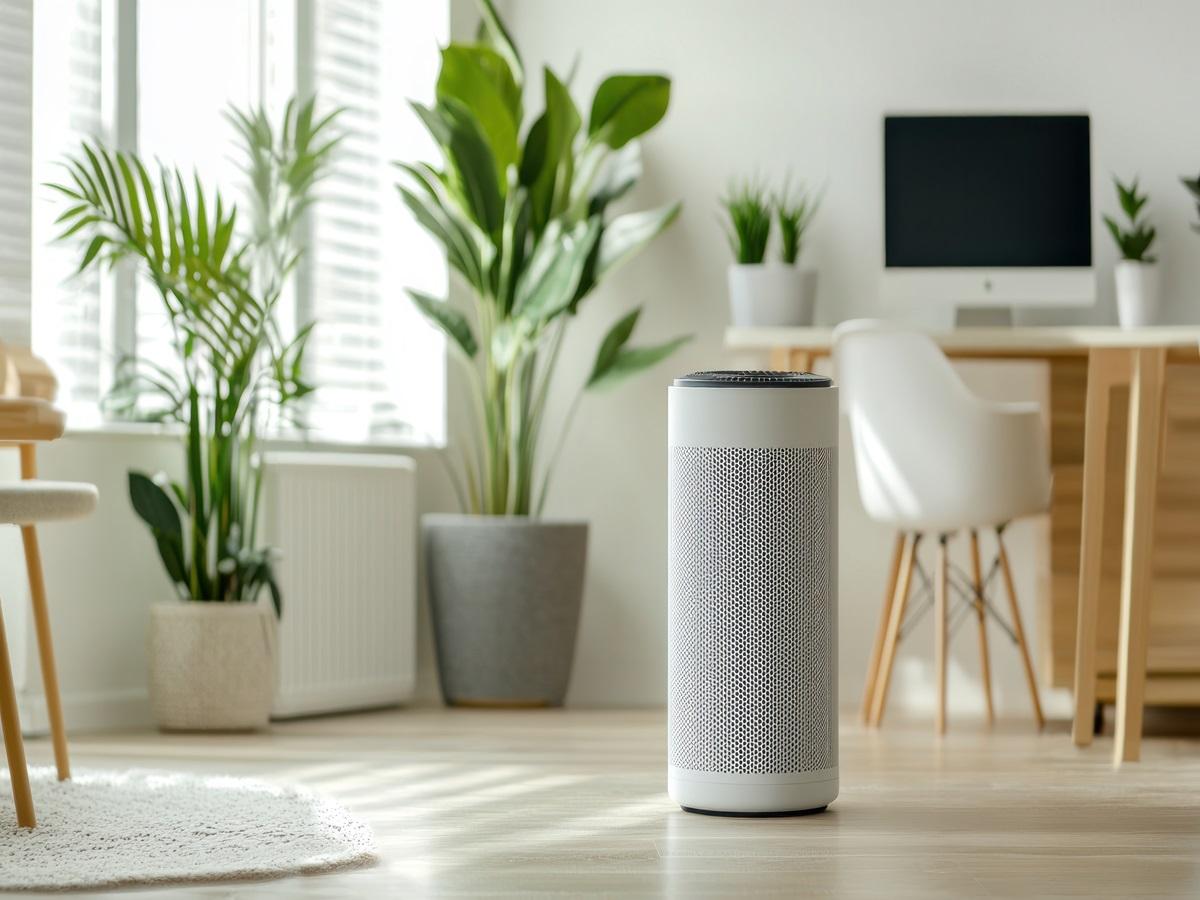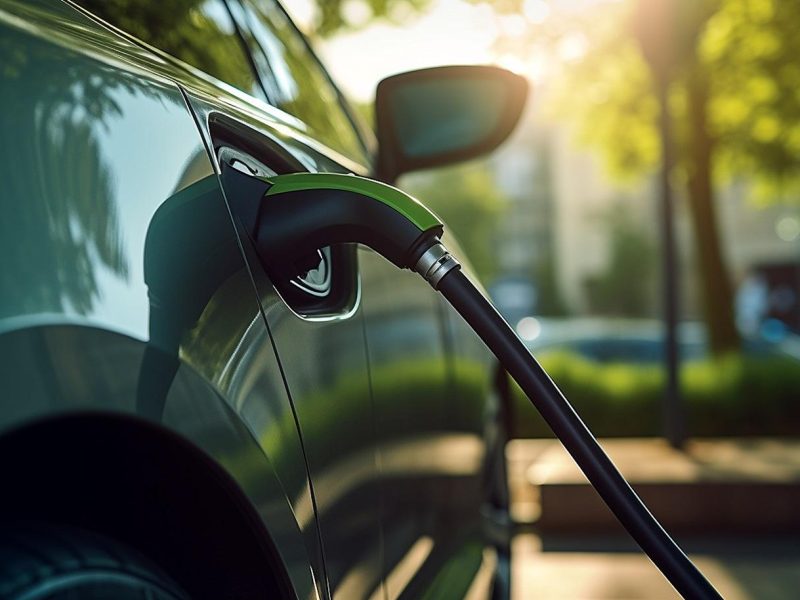One of winter’s abiding traditions is that it’s time bring out the blankets. For the past few years, and then some, Delhi has had one more: it must endure a smog blanket that invariably covers the national capital region (NCR) in a snug hug that literally chokes your lungs.
No wonder, then, that air purifiers, once a winter luxury usually for those with respiratory disorders, have quietly become a year-round fixture in most homes. From Rs 5,000 budget units to Rs 40,000 smart purifiers and Rs 2-lakh premium systems, the ‘right to breathe’ has officially made a place for itself in shopping carts, both online and offline.
A choice that isn’t really one
According to a post-Diwali 2025 study, the National Capital Region recorded the highest pollution levels since 2021, with PM 2.5 concentrations averaging 488 micrograms per cubic metre — three times higher than pre-festival levels. For many households, this was the tipping point: clean air is now as basic a utility as clean water, and just as scarce.
A TechSci Research report pegs India’s air-purifier market at $128.25 million in 2025, with projections of a 30.8 per cent CAGR through 2031. Northern India, led by Delhi-NCR, drives the bulk of sales, though demand is slowly rising in Bengaluru, Mumbai, and Kolkata as well. Residential buyers dominate, but offices, hospitals and schools are catching up fast, citing employee productivity and patient safety.
As pollution becomes a permanent feature of Indian urban life, the air purifier has evolved from panic purchase to planned investment. Offices and gated communities increasingly include central air-filtration systems in their design. Some real-estate developers are even marketing so-called ‘clean-air homes’ as part of their wellness amenities.
While the shift is being fuelled by smart-home adoption, health consciousness, and lifestyle upgrades, the underlying cause remains the same: falling levels of air quality.
Prolonged exposure to hazardous air quality index (AQI) levels has pushed consumers to looking for protection indoors. For households with children, seniors, asthma patients or pets, experts say an air purifier is no longer optional. For others, it’s part of a ‘conscious-living’ lifestyle — an investment in wellness rather than extravagance.
A growing urban middle class with higher disposable incomes now views clean air as part of overall wellness spending, not just a seasonal concern. At the same time, the tech appeal of IoT-enabled monitoring, AI-driven sensors, and real-time air-quality feedback has transformed air purifiers from mere safety devices into aspirational lifestyle gadgets.
Poor air is big business
The Indian air-purifier space now hosts both multinationals and strong domestic players. Global names like Dyson, Philips, Honeywell, Sharp and Panasonic compete with Indian brands such as Kent, Eureka Forbes and Livpure, which have gained traction through affordability and local servicing.
In October 2025, Dyson launched its Purifier Cool PC1 in India, touting advanced pollutant detection, automatic shut-off, night mode, and app-based controls via MyDyson and smart-home assistants. Meanwhile, homegrown firms are leveraging e-commerce to widen reach, with buyers comparing specifications and reviews before making a decision. After all, it is not every year that you can replace your air purifier.
“Price competitiveness, noise levels and multi-stage filtration remain key decision drivers,” says an industry analyst. “Customers want quiet performance and visible data — a purifier that proves it’s working.”
The crisis has become so bad that there are now wearables designed to clean the air around you. Among the newest entrants in this segment is Atovio Pebble, a wearable purifier designed and manufactured in India. Approved by IIT Kanpur, it eliminates up to 90 per cent of airborne pollutants within 30 minutes and runs 48 hours on a single charge.
How does the technology work?
An air purifier removes airborne contaminants such as dust, pollen, smoke, bacteria and volatile organic compounds through a combination of filters and fans. The two broad technology buckets are:
Passive filtration: Mechanical filters — HEPA, activated carbon, pre-filters — act as sieves. Air passes through, pollutants get trapped, and clean air exits. They do not chemically alter air composition, making them safer for homes.
Active processing: Ionisers, electrostatic filters or ozone generators chemically treat air by charging particles. These are suitable for industrial or unoccupied spaces but less recommended for human-occupied areas because of possible by-products like ozone.
“True HEPA” has become a marketing buzzword, but experts suggest checking for H13 or higher certification. Active systems have value in factories, yet passive mechanical filtration remains best for residential use.
Choosing the right purifier
With a flood of models flooding online marketplaces, most buyers end up overwhelmed by technical jargon. Experts suggest cutting through the clutter and focusing on the essentials.
A HEPA filter (H13 or higher) should be non-negotiable — it removes 99.97 per cent of microscopic particles as small as 0.3 microns. An activated carbon filter helps neutralise odours, gases, and volatile organic compounds, making it especially important for Indian kitchens.
The Clean Air Delivery Rate (CADR) indicates how fast a purifier can clean the air — always match it to your room size. For best results, choose a device with a coverage area 1.5 times larger than your actual space; for instance, an 800 sq ft flat needs at least 1,200 sq ft coverage. Don’t overlook maintenance — filter replacement every 6–9 months in high-pollution zones like NCR can cost anywhere between Rs 3,000 and Rs 6,000 annually.
“Technology matters less than discipline,” cautions Rohit Chhabra, a home-appliance consultant. “Even the best purifier underperforms if it’s placed in a corner or never serviced.”
But a device can’t offset bad habits. “Incense sticks, candles, or indoor smoking undo the purifier’s work,” notes Chhabra. “Think of it as part of an ecosystem — ventilation, filtration and behaviour. The machine is the last line of defence, not the first.”
Smart Air, Smarter Spending
Brands are now wooing aspirational consumers with elegant aesthetics and connectivity. Philips and Dyson offer real-time app dashboards, while Xiaomi and Coway provide smart features at value prices. Indian brands like Kent and Eureka Forbes focus on reach and after-sales support.
The sweet spot for most city homes lies between Rs 8,000 and Rs 12,000, balancing coverage, CADR and maintenance cost. Over five years, running expenses — filters and electricity — can add up to nearly half the purchase price.
Experts warn against ionisers and chemical sterilisers that promise miracle cleaning. “If it sounds too good, it usually is,” says Chhabra. “Stick to mechanical filtration and data-driven performance.”
A purifier sized for a 250–300 sq ft room typically costs Rs 12,000– Rs 20,000, with Rs 1,000– Rs 2,000 per month in winter for filters and power.
But until India’s outdoor air turns breathable again, the air purifier will remain both an irony and an inevitability — the appliance no one wanted, but everyone now needs.
The Price of Breathing Easy
| Category | Brands and Models | Key Features | Price Range (Rs) |
|---|---|---|---|
| Budget | Kent Aura, Eureka Forbes AP 355 | Basic HEPA + Carbon filter, single-room use | 5,000 – 8,000 |
| Mid-range | Xiaomi Smart 4 Lite, Philips AC1711/63, Honeywell V5 | Smart controls, PM sensor, sleep mode | 10,000 – 18,000 |
| Premium | Dyson Cool Formaldehyde, Coway Airmega 150, YOGa | App integration, real-time monitoring, quiet operation | 25,000 – 2,00,000+ |




